According to the ANZ-Roy Morgan Consumer survey, there were 1,573,000 Australians who were at risk of running into problems with their home loan repayments in September '23, a new record high. After 425 basis points worth of increases to the cash rate since April '22, many Australians have seen their mortgage repayments go up by more than 50%, which can put a strain on your budget no matter how disciplined you are with your spending. Higher rates and the elevated cost of living make mortgage stress more likely, but even in less turbulent times, most people are probably only a lost job away from running into problems with meeting their repayments.
So what is mortgage stress, how can you avoid it and what help is available if you’re currently experiencing it?
What is mortgage stress?
The common definition of mortgage stress is a household spending more than 30% of their gross (pre-tax) income on mortgage repayments.
This isn’t a blanket rule though. According to the Australian Bureau of Statistics (ABS), the 30% rule mostly applies to households whose equivalised disposable household income falls into the bottom 40% of Australia’s income distribution (referred to as the 30/40 rule of housing affordability). If a low-income household is spending more than 30% of their income on their mortgage repayments (or rent), they are generally said to be in housing stress. Higher income households might be able to comfortably pay above 30% of their income into their mortgage without any issues.
But the 30% rule also isn’t always reliable for low income households, according to the Australian Housing and Urban Research Institute (AHURI).
“By repaying their mortgages, households are both paying for housing and also actually saving their money in a tax-effective wealth asset that they may draw upon in the future,” AHURI says on its website.
“In addition, a lower-income household may choose to pay more than 30 per cent of household income in order to speed up the full repayment of their mortgage debt, which can save the household significant amounts of money on interest repayments in the future, or draw down on their housing loan (and its cheaper interest rate than a personal loan) for non-housing purchases such as a new car or an expensive holiday.”
Roy Morgan’s definition ranges from 25% to 45% of income into mortgage repayments, with the proportion getting larger based on income and spending.
An alternative definition comes from Digital Finance Analytics (DFA), which refers to mortgage stress as when household cashflows are negative, so the money coming in isn’t enough to cover the cost of mortgage repayments and other expenses.
The bottom line here is if you feel like you’re in mortgage stress, living paycheck to paycheck, or having to cut back on everyday expenses to make your repayments, you probably are.
What causes mortgage stress?
There are a variety of triggers that can cause a household to fall into mortgage stress.
Rising interest rates
As many painfully learnt throughout the rate hiking cycle of 22/23, large increases to the RBA cash rate mean home loan repayments go up, which can stretch household budgets. As harsh as it sounds, part of what the RBA is trying to achieve by raising rates is for households to have less disposable income, so spending goes down and inflation cools. Ideally, households have the savings, or are able to adjust spending accordingly, to absorb these increases without a substantial rise in default rates or mortgage stress. As the Roy Morgan research shows though, home loan repayments going up inevitably puts some mortgage holders under pressure.
Elevated cost of living
As consecutive RBA Governors have made clear, the primary objective of the Reserve Bank is to reduce inflation. As the incumbent Michele Bullock wrote in the October monetary policy decision, inflation “erodes the value of savings, hurts household budgets, makes it harder for businesses to plan and invest, and worsens income inequality.” For mortgage holders, inflation means everyday costs like groceries and fuel become a lot more expensive. This is enough for some people to struggle to meet their mortgage repayments, especially combined with the cash rate increases that are deployed to combat inflation.
Changes to personal circumstance
On a macro level, mortgage stress tends to rise and fall with interest rates and the cost of living. For individual households though, there are lots of other ways their financial circumstances could change, causing problems meeting mortgage repayments. Mortgage stress could start from you losing your job, for example, or an unexpected large ongoing expense like a serious illness to a family member.
How to avoid mortgage stress
Buy a more affordable property
A common trap home buyers fall into is borrowing too much to get their dream home. Just because the bank approves you for a home loan up to a certain amount doesn’t mean you necessarily need to spend that much. Lenders will typically plug in your income, debts, expenses (using the Household Expenditure Measure) and the rates on the loan you are applying for. They will apply the serviceability buffer or floor rate, but after this, even if you are passing by just a few dollars each month, your application will be approved. Giving yourself a bit of an extra buffer can be added protection from mortgage stress.
If you choose a more affordable property rather than going for the very top of your price range, you could also pay your loan off quicker and maybe even build up equity faster.
Read more: Mortgage lending criteria
Be proactive about budgeting
People in mortgage stress are likely to be forced into cutting back on eating out and other discretionary spending, but it’s a smart move to be proactive and do up a budget to trim the fat before you run into problems. Removing unnecessary expenses can prepare you for changes to your mortgage repayments, as well as build up a healthier savings buffer. Having more money available in reserve is a strong defence against mortgage stress.
Read more: The Savings guide to budgeting and saving
Have an offset account
An offset account is a transaction account linked to your home loan and it acts just like a regular transaction account but with one very important difference - the money that’s in it is ‘offset’ against your home loan debt when the interest is calculated, reducing the amount of interest you owe.
For example, let's say you have $400,000 outstanding on your home loan to be repaid over 20 years, at a 5% p.a interest rate, without an offset account. You can expect to pay $233,557.52 in interest over the loan term. By refinancing to a product with the same rate, but with an offset account, and making monthly $250 deposits, you could save more than $36,000 (according to our Home Loan Offset Calculator).
If your current loan doesn’t offer an offset account, making extra repayments to the loan will have the same effect, and those extra funds should remain accessible via a redraw facility.
Refinance to a lower rate
Speaking of refinancing, if you think your current home loan interest rate is too high, then perhaps it’s worth refinancing to a loan with a lower rate.
Lets stay with the $400,000, 5% p.a, 20 year home loan. By refinancing to a 4.50% p.a rate - just a 50 basis point difference - your monthly repayments go from $2,640 to $2,531. Over the course of the loan term, that’s $26,214 saved, and you’ll pay the loan off ten months sooner.
Find out how much you could save by refinancing with our calculator
When you look at it like this, the hassle of refinancing can be well worth it. Check out some of the lowest-rate home loans on the market below.
Buying a home or looking to refinance? The table below features home loans with some of the lowest interest rates on the market for owner occupiers.
| Lender | Home Loan | Interest Rate | Comparison Rate* | Monthly Repayment | Repayment type | Rate Type | Offset | Redraw | Ongoing Fees | Upfront Fees | Max LVR | Lump Sum Repayment | Extra Repayments | Split Loan Option | Tags | Features | Link | Compare | Promoted Product | Disclosure |
|---|---|---|---|---|---|---|---|---|---|---|---|---|---|---|---|---|---|---|---|---|
5.54% p.a. | 5.58% p.a. | $2,852 | Principal & Interest | Variable | $0 | $530 | 90% |
| Promoted | Disclosure | ||||||||||
5.49% p.a. | 5.40% p.a. | $2,836 | Principal & Interest | Variable | $0 | $0 | 80% |
| Promoted | Disclosure | ||||||||||
5.64% p.a. | 5.89% p.a. | $2,883 | Principal & Interest | Variable | $250 | $250 | 60% |
| Promoted | Disclosure | ||||||||||
5.64% p.a. | 5.89% p.a. | $2,883 | Principal & Interest | Variable | $248 | $350 | 60% |
|
Mortgage stress assistance in Australia
If you’re really struggling to keep your head above water, there is help available.
Talk to a financial counsellor
There are plenty of organisations that offer free financial counselling to help you understand what your options are. These counsellors can’t offer legal advice, but they can assess your financial situation and give advice on your best bet moving forward.
You can get financial help by contacting the below numbers.
|
AUS |
National Debt Helpline |
1800 007 007 |
|---|---|---|
|
QLD and NT |
National Legal Aid |
(03) 6236 3813 |
|
WA |
Consumer Credit Legal Service |
(08) 9221 7066 |
|
TAS |
Consumer Credit Helpline |
1800 232 500 |
Contact your lender
The first step to take is to contact your lender and discover what assistance they can offer. All lenders have hardship teams ready to help borrowers who are struggling to make their mortgage repayments. It’s actually part of the National Credit Code that credit providers need to respond to a request to the changes of the credit contract on financial hardship grounds within 21 days. Most of the major banks emphasise how important it is to reach out to financial support teams as early as possible, to help find the right solution as quickly as possible. For example CommBank says any borrowers who are struggling to keep up or even concerned about managing their debt in the future should contact the hardship team.
Your lender may be able to change the terms of your loan or pause/reduce your repayments (this is known as a hardship variation). They will likely ask for information about your income and expenses, as well as documents that support your claim for financial hardship, like a medical or employment separation certificate.
Sell your home
If the worst comes to the worst, another option is to sell your home. Downsizing, where you sell your current property and buy a cheaper one instead, can be a great way to ease the pressure of an overwhelming mortgage. While this is obviously not an ideal situation, it’s arguably better than the bank repossessing your home and selling it on. If you’re in a positive equity position, you’ll likely make a bit of money if you sell, which could go towards a deposit on your new, more affordable property.
Selling your property is a major decision so it’s best to seek legal or financial advice first. You can get free legal aid via the National Association of Community Legal Centres.
Savings.com.au’s two cents
Mortgage stress is obviously not a great spot to be in, so if you can, try to avoid ending up in this scenario by borrowing and living within your means.
If it’s too late to do this and you’ve already purchased a home you can’t comfortably afford or your financial situation has changed, there are steps you can take, like contacting your lender and asking what hardship measures they have in place to support you.
Being under mortgage stress can take an enormous mental toll, so if you’re really struggling right now, remember that you can always reach out to Lifeline on 13 11 14.
Disclaimers
The entire market was not considered in selecting the above products. Rather, a cut-down portion of the market has been considered. Some providers' products may not be available in all states. To be considered, the product and rate must be clearly published on the product provider's web site. Savings.com.au, yourmortgage.com.au, yourinvestmentpropertymag.com.au, and Performance Drive are part of the Savings Media group. In the interests of full disclosure, the Savings Media Group are associated with the Firstmac Group. To read about how Savings Media Group manages potential conflicts of interest, along with how we get paid, please click through onto the web site links.

Ready, Set, Buy!
Learn everything you need to know about buying property – from choosing the right property and home loan, to the purchasing process, tips to save money and more!
With bonus Q&A sheet and Crossword!

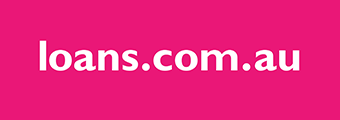
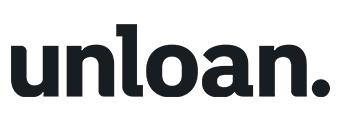
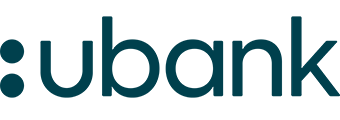



 Bernadette Lunas
Bernadette Lunas
 Denise Raward
Denise Raward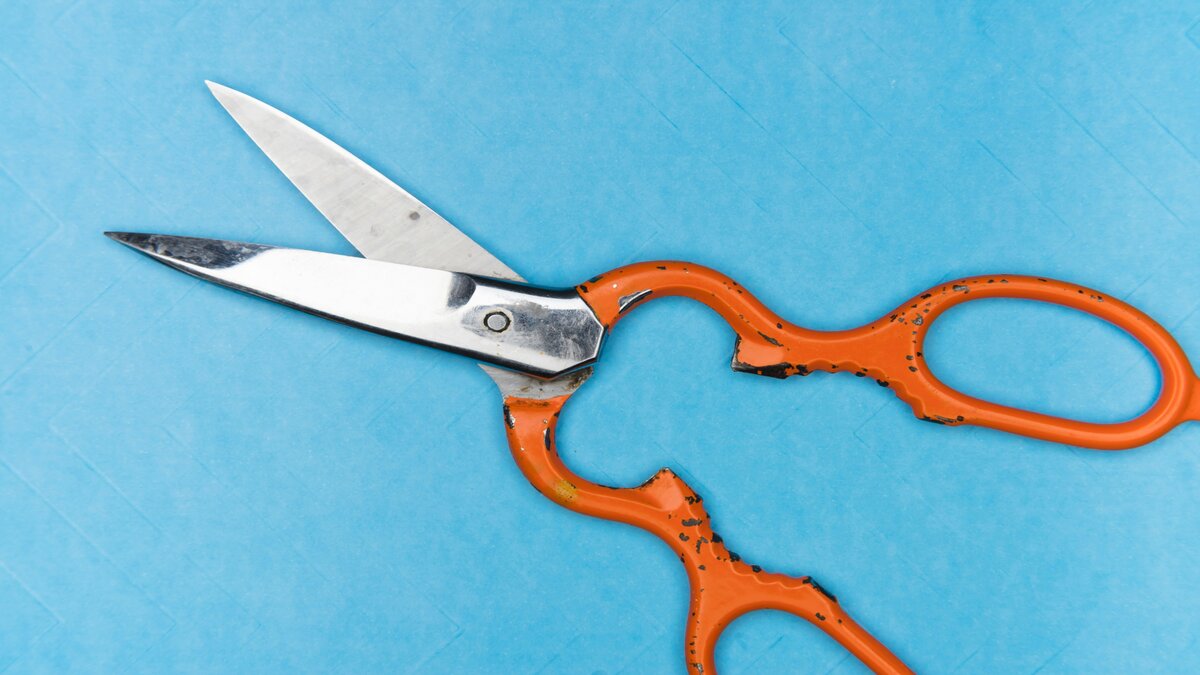
 Harry O'Sullivan
Harry O'Sullivan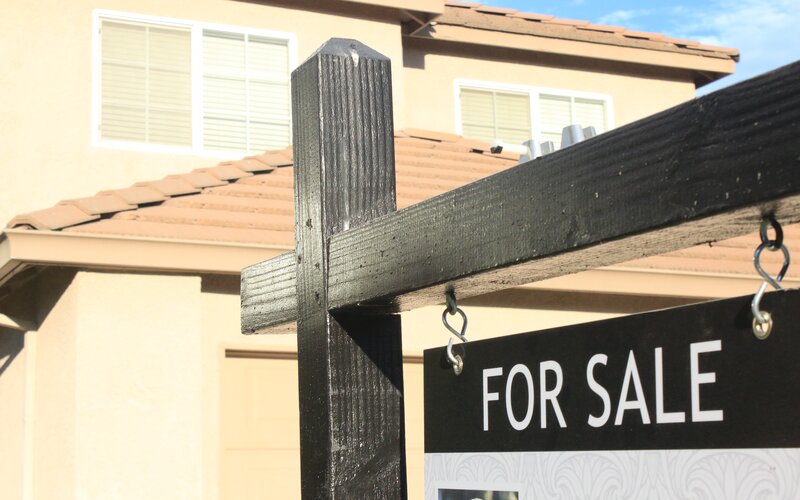
 Brooke Cooper
Brooke Cooper


